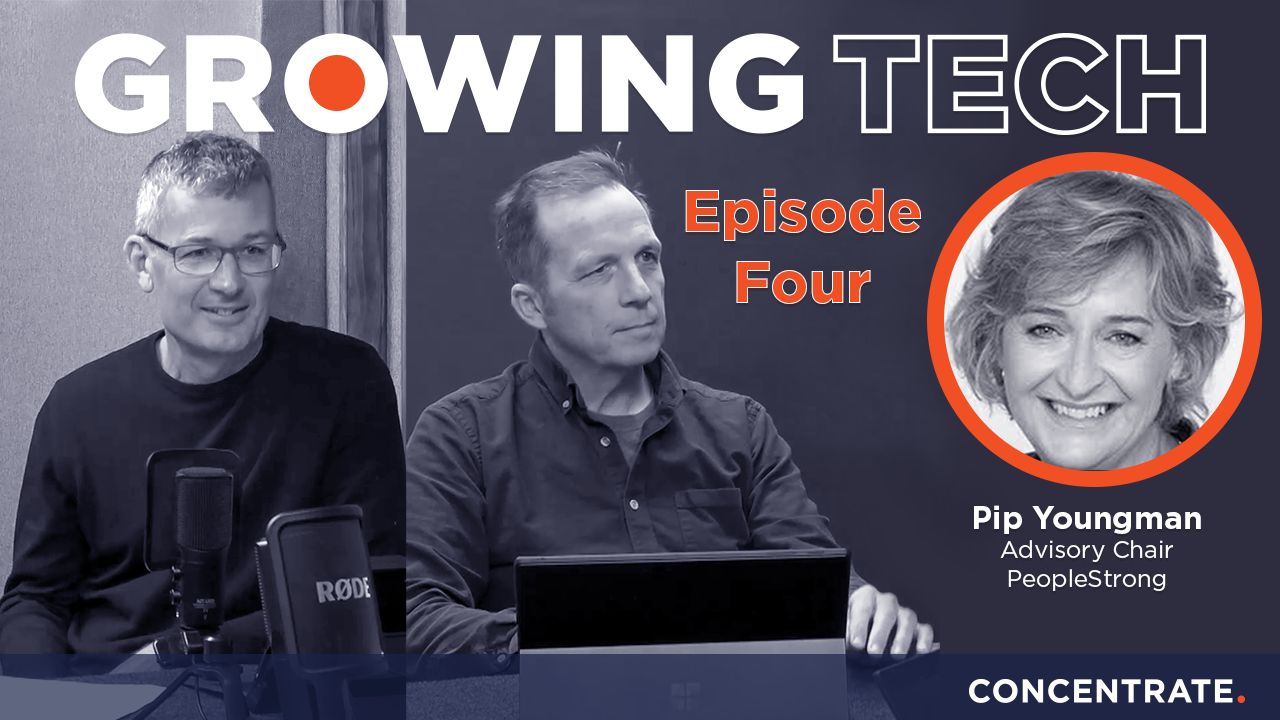See how you stack up against the competition - tracking lead generation metrics for B2B tech companies
It's a battle. New Zealand's tech companies face formidable challenges when selling their products in offshore markets. Escalating sales costs, the expense of recruiting effective sales personnel, and diminishing returns from traditional cold-calling approaches have made achieving growth targets an uphill battle.
Get benchmark metrics on:
To counter these hurdles, an increasing number of companies are turning to content-based lead generation programs bolstered by cutting-edge marketing automation technologies like Marketo and HubSpot. These sophisticated online systems provide sales and marketing managers with unprecedented insights into customer behavior, enabling them to measure the true effectiveness of their lead generation activities.
At the heart of this approach lies the concept of benchmarking in marketing – a powerful strategic tool that has become pivotal for tech companies seeking an edge in the competitive global landscape. Today's constantly evolving marketing landscape means that tech companies must strive stay at the forefront of industry trends. In a nutshell, this means that adopting a well-structured benchmarking strategy is no longer a luxury but an absolute necessity.
Benchmarking in marketing is about the process of comparing your company's performance metrics, strategies, and practices against industry leaders and competitors. In this way, you gain invaluable insights into areas of excellence and identify opportunities for improvement. Whether you are a SaaS company with a laser-focused marketing program or a tech enterprise with a complex sales cycle and field-based sales teams, benchmarking empowers you to make data-driven decisions that drive growth and success.
So let's take a closer look at the four key metrics B2B tech companies need to manage, so they can improve their lead generation strategy.
1. Measuring website visits and inbound promotion effectiveness
The success of your tech company's online presence hinges on the number of people visiting your website each month. This crucial metric, excluding your own staff and customers logging in, offers valuable insights into the effectiveness of your inbound promotion strategies, including SEO, paid search, social media, and blogging.
Attracting qualified traffic to your website should be a priority. Therefore, monitoring and optimising website visits is a core aspect of the benchmarking process. As you strive to stand out in your market and reach a global audience, your inbound promotion efforts play a pivotal role in driving potential customers to your digital doorstep.
Website visits can vary significantly depending on your company's niche and target market. For tech enterprises selling complex B2B products, achieving a minimum of 2000 website visits per month is a good target. Website traffic serves as a catalyst, fuelling your lead generation programs and nurturing potential prospects towards conversion.
The source of website visits
This is how you measure the performance of specific marketing tactics. The source might be direct (people typing in your URL to go to your website), organic search (using Google search), referrals (using links from other websites), paid search (AdWords and Remarketing), email (clicking through from an email) and social (clicking through from social media channels). New Zealand tech companies tend to have higher levels of paid search and lower levels of organic traffic, often a reflection of weaker brands in their target markets. According to our Market Measures 2023 report, visitors typically come from:
- Direct - 51%
- Organic - 24%
- Referrals - 6%
- Paid - 13%
- Social - 2%
- Email - 3%
- Other - 1%
2. Harnessing online leads for growth and conversion
A critical measure of your tech company's lead generation success lies in the number of new raw leads generated each month. These are prospects who provide their contact details in exchange for valuable content or information downloaded from your website.
Capturing leads is a vital step in your inbound marketing strategy. Through targeted content offerings and calls-to-action, you'll attract potential customers to engage with your brand and express interest in your products or services.
Source of leads
Again, according to our Market Measures 2023 research, leads originate from:
- Direct - 46%
- Organic - 15%
- Referrals - 18%
- Paid - 13%
- Social - 2%
- Email - 1%
- Other - 5%
The data-driven approach to marketing thrives on refining lead generation efforts. By benchmarking your online lead metrics against industry standards, you gain invaluable insights into how to optimise lead generation campaigns, amplify lead quality, and enhance conversion rates.
3. Landing page benchmarks
Landing pages play a pivotal role in capturing leads, engaging prospects, and driving conversions. This is because they:
- Act as the virtual gateway to your tech company's offerings. Benchmarking landing page metrics enables you to assess the user experience and identify potential bottlenecks. By analysing bounce rates, time spent on page, and conversion rates, you gain insights into user engagement, allowing you to refine the design and content to better meet user expectations.
- Are a catalyst for conversion success. By benchmarking conversion rates against industry standards, you can gauge the effectiveness of your lead capture forms, CTAs, and overall landing page design.
How many leads does a landing page typically generate? According to our research:
- Landing page visitor-to-lead conversion rate = 7%
- Landing page visitor-to-lead (new contacts only) conversion rate = 5%
By analysing the quality of leads generated from specific landing pages, you can refine targeting strategies, tailor content offerings, and deliver personalised experiences that nurture prospects throughout the buyer's journey.
4. Email marketing benchmarks
Email marketing continues to be a cornerstone of successful digital marketing strategies, even if there are those that regard it as a bit old-fashioned. The reality is that utilising email marketing benchmarks has become indispensable for driving engagement, enhancing campaign performance, and building lasting customer relationships. Here's why:
- They provide essential metrics to measure the performance and effectiveness of your email campaigns. By comparing open rates, click-through rates, bounce rates, and conversion rates against industry benchmarks, you can assess how well your emails resonate with your audience and adjust your strategies accordingly.
- You can identify areas where your email marketing efforts may be falling short. Whether it's low open rates or below-average click-through rates, recognising underperforming aspects will help you refine your email content, design, and segmentation.
- You gain insights into how your audience engages with your emails. By monitoring metrics like time spent on email, click patterns, and unsubscribe rates, you can understand what content resonates most with your subscribers and tailor your future emails to their preferences.
- You can personalise emails, which is vital for effective email marketing. Benchmark data can guide you in implementing personalised email campaigns based on industry trends.
- You can automate, which is an integral part of modern marketing workflows. Benchmarking helps you evaluate the performance of automated campaigns, such as welcome emails, abandoned cart emails, and nurture sequences.
How many people typically open and click on an email?
- Email open rate - 30%
- Email click rate - 4%
Email marketing benchmarks serve as a compass for guiding your email marketing strategies, empowering you to make data-driven decisions that enhance engagement, drive conversions, and foster lasting connections with your audience.
You've got your benchmarking results - what next?
Once armed with valuable benchmarking results, you're in a position to leverage a range of opportunities, such as:
- Building an effective strategy - harness your insights into what works best. Tailor your approach to align with prevailing trends, customer preferences, and best practices.
- Creating attainable goals - setting ambitious yet achievable targets becomes an informed and strategic process, laying the groundwork for steady progress and success.
- Uncovering industry trends - analysing and comparing benchmark results unveils the latest industry shifts, so you can adapt quickly and innovate.
As the tech marketing landscape continues to evolve, harnessing the insights gleaned from benchmarking results and adopting a data-driven mindset will be essential for the success of tech companies that aspire to thrive and lead in the competitive global marketplace.
Now that you’ve analysed your data and compared against our benchmarking stats, has your lead generation strategy been as successful as you’d hoped for? To continue growing, keep up in today’s competitive business landscape with our guide and template, Finding better ways to grow.
Share this
You May Also Like
These Related Stories

It's time to talk about sales efficiency in Kiwi B2B tech

How to grow your tech startup with Serge van Dam | Growing Tech Podcast with Greg and Owen
